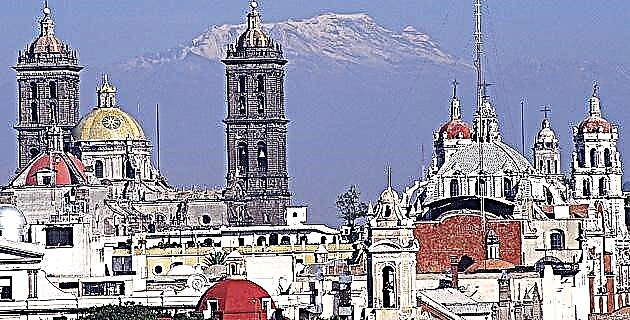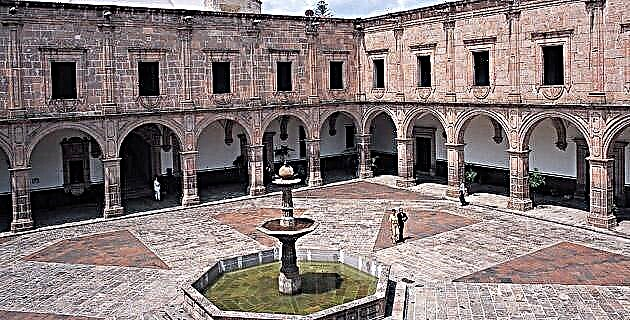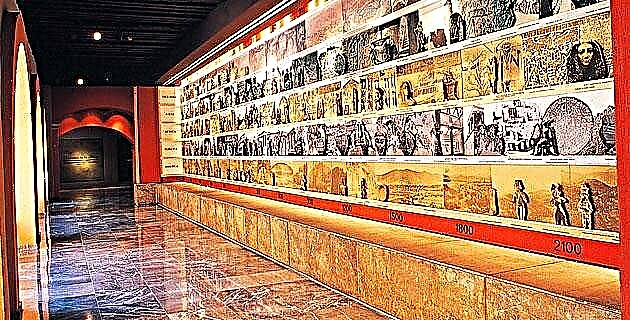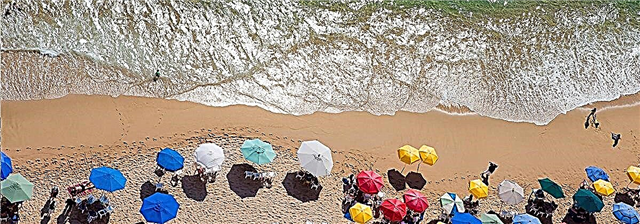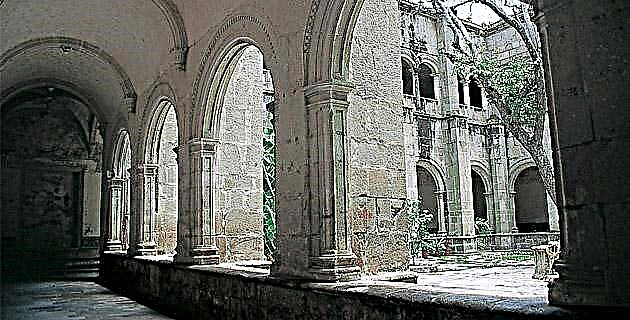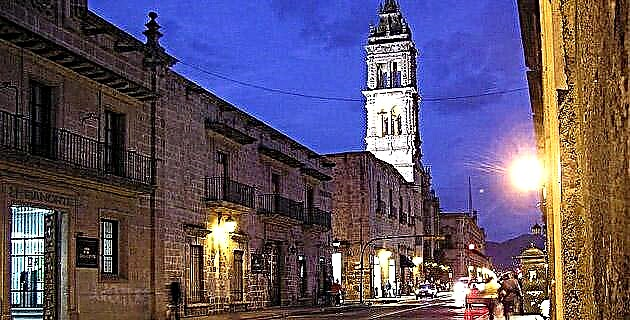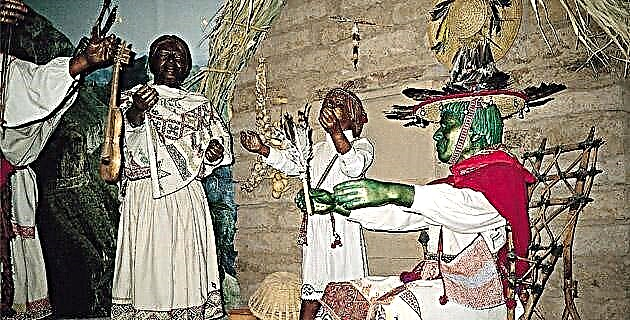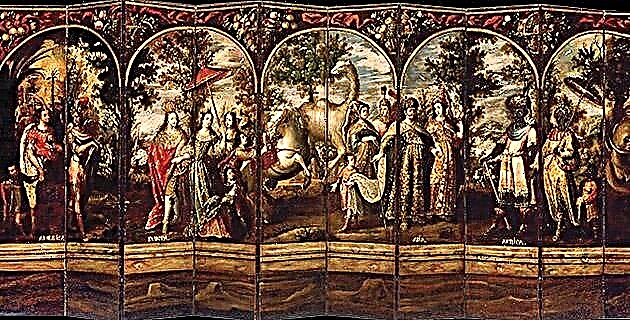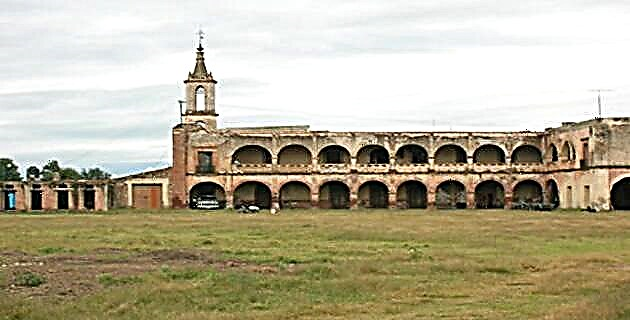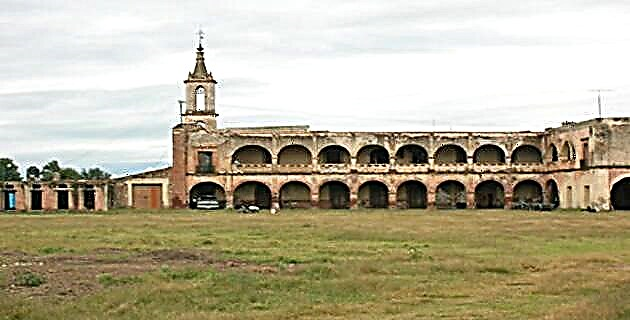
Currently the San José del Carmen farm is somewhat deteriorated due to the passage of time, but its size and the magnificence of its construction show that in its time it was one of the most important in the region.
Currently the San José del Carmen farm is somewhat deteriorated due to the passage of time, but its size and the magnificence of its construction show that in its time it was one of the most important in the region.
One of the oldest municipalities in the state of Guanajuato is undoubtedly Salvatierra (see Unknown Mexico No. 263), and for this reason it is an entity with countless historical monuments, among which several estates stand out, such as Huatzindeo , that of San Nicolás de los Agustinos, that of Sánchez, that of Guadalupe and that of San José del Carmen. The latter is the one we will talk about now.
San José del Carmen was born like most Mexican haciendas: after the accumulation of several land grants granted by the Spanish Crown to the first settlers of the new territory.
It is said that on August 1, 1648, the friars of the Carmelite order, settled in what is now Salvatierra, received the mercy of two sites: one of lime and the other in a quarry deposit, this was done with the purpose of the religious to raise the conventual complex that was being built in those latitudes. Two years later, in May 1650, these Carmelite monks took possession of four caballerias of land (approximately 168 hectares) just opposite the place of the lime scale and the Tarimoro stream; later, a site of about 1 755 hectares was received, it was for larger cattle. By October 1658 they were granted another site and three other caballerias.
As if this were not enough, in 1660 the friars bought fifteen caballerias from Doña Josefa de Bocanegra. With all these lands, the San José del Carmen estate was formed.
Without knowing for sure why, in 1664 the Carmelites decided to sell the farm to Don Nicolás Botello for 14,000 pesos. At the time of this transaction, the hacienda already extended to the Tarimoro stream, to the north; to the west with the properties of Francisco Cedeño, and to the south with the old road to Celaya.
Upon the death of Don Nicolás (who was in charge of making the property grow even more) the estate was inherited by his children, but as they were heavily in debt to the Carmen de Salvatierra convent, they decided to sell the estate again to the friars. The contract of sale was made on November 24, 1729, between the bachelor Miguel García Botello and the mentioned convent. By this time, the hacienda already had 30 caballerias of crops and six sites for larger cattle.
Until the year 1856, when the confiscation law came into effect, the Carmelite order was in possession of San José del Carmen, after that year the property came to belong to the nation and its production dropped drastically.
In 1857 the farm was auctioned in favor of Maximino Terreros and M. Zamudio, but as they were not able to pay the bill in full, in December 1860 the property was auctioned again. This time it is acquired by Manuel Godoy, who keeps it in his possession for 12 years. In August 1872, Godoy sold the hacienda to a certain Francisco Llamosa, a Spanish adventurer who raised a large amount of money by commanding a band of thieves who roamed the Cerro del Culiacán and who were known as "Los Buches Amarillos."
During the Porfiriato era, San José del Carmen was consolidated as one of the most productive farms in the region. After 1910, a large part of the hacienda's lands were ceased to be cultivated by the "day laborers" system and began to be exploited by the "sharecroppers".
The San José del Carmen hacienda, with the revolutionary movement and its consequences in the distribution of the land, ceased to be a large estate of more than 12,273 hectares to be distributed largely among its former laborers and workers.
Currently, the “big house”, the chapel, some barns and the perimeter fence that delimits it are preserved in the San José del Carmen estate. Despite the fact that its current owner, Mr. Ernesto Rosas, has taken care to maintain it, it has been almost impossible to prevent it from deteriorating.
Despite the fact that Don Ernesto and his family frequent this place on weekends, they have facilitated it so that some events of state importance take place there.
It is worth mentioning that although the hacienda is not open to the general public, if you speak with the owner and explain the reason for our visit, it generally allows access so that we have the opportunity to observe period furniture, such as iron stoves. forged and wooden "refrigerators", among others.
SERVICES
In the city of Salvatierra it is possible to find all the services that the visitor may need, such as accommodation, restaurants, telephone, internet, public transport, etc.
IF YOU GO TO SAN JOSÉ DEL CARMEN
Leaving Celaya, take federal highway no. 51 and after 37 km of travel you will reach the city of Salvatierra. From here, take the highway to Cortázar and just 9 km away you will find the Hacienda de San José del Carmen.
Source: Unknown Mexico No. 296 / October 2001

